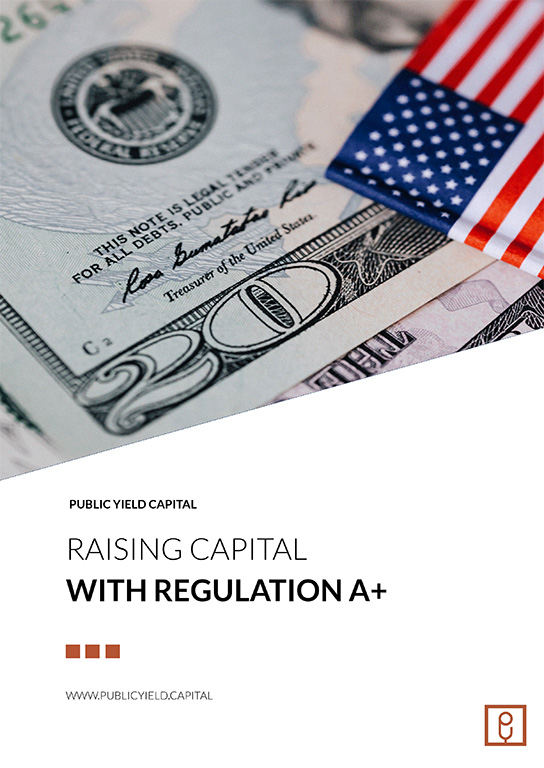
The Offering Memorandum (OM) exemption is one of the most significant Canadian regulatory developments of the past few years because it opens up capital raising from a wider range of investors. Companies at any stage of development can now raise funds from any investor by issuing an Offering Memorandum. The OM is a legal document that outlines a company’s business and affairs and is less expensive than filing a prospectus. The annual filing requirements and disclosure standards are also less comprehensive.
Understanding an Offering Memorandum
An offering memorandum, or OM, is an important document in investments, especially in finance and real estate. It gives clear details to potential investors. It covers aspects like the executive summary, business overview, financial projections, risks, legal information, and more. This document is crucial. It introduces the investment. It explains terms and provides insights into risks and potential returns.
Offering memorandums are created to follow rules. They ensure transparency and protection for both issuers and investors. In real estate and private placements, they simplify investment details, They support good decision-making, and establish a structured process.
Raising capital with an Offering Memorandum exemption can be done either through a broker or as a non-brokered deal.
Purpose of an Offering Memorandum
The offering memorandum is a pivotal document in the complex realm of investments and financial transactions. It serves many purposes. Understanding the primary objectives behind its creation is essential for investors, business professionals, and anyone navigating fundraising and securities offerings.
a. Transparency Through Disclosure
One of the fundamental purposes of an offering memorandum is to foster transparency. The document aims to disclose relevant facts, risks, and potential returns. It provides detailed information about the investment opportunity. Investors benefit from a clear and comprehensive view, enabling them to make informed decisions based on a thorough understanding of the venture.
b. Facilitating Informed Decision-Making
The offering memorandum empowers investors and other stakeholders to make well-informed decisions. The document equips readers with the insights needed to assess the viability of the investment. It does this through a thorough analysis of the business model, financial projections, and associated risks. This purpose aims to reduce uncertainties. It also ensures that everyone involved has the information to navigate the opportunity.
c. Regulatory Compliance and Risk Management
In the regulatory landscape of financial transactions, adherence to legal requirements is paramount. The offering memorandum serves as a tool for ensuring compliance with applicable regulations. The document details the legal aspects of the offering and associated risks. It helps manage legal complexities. This reduces the likelihood of regulatory issues and enhances the overall risk management framework.
d. Building Investor Confidence
Beyond its informative role, an offering memorandum is a crucial instrument for building investor confidence. A well-crafted document reflects the professionalism and credibility of the issuing entity. Investors are more likely to engage when presented with a transparent and comprehensive overview. This instills confidence in the integrity of the investment opportunity.
e. Navigating Due Diligence Processes
For both issuers and investors, the offering memorandum streamlines the due diligence process. Compiling essential information in one document, facilitate a more efficient evaluation of the investment opportunity. This purpose is especially important in time-sensitive transactions. A comprehensive yet accessible overview is crucial in those cases.
Issuers relying on the Offering Memorandum exemption must:
- Ensure investors purchase the securities offered as principal
- Deliver the OM prior to the subscription agreement being signed
- Obtain a signed risk acknowledgment and keep it for eight years
| Requirements | British Columbia Model | Alberta Model |
| Provinces | British Columbia, New Brunswick, Nova Scotia and Newfoundland and Labrador | Alberta, Manitoba, Northwest Territories, Nunavut, Prince Edward Island, Québec, Saskatchewan, Ontario, and Yukon |
Provinces that fall under the Alberta model, must also ensure that these additional requirements are met:
- Investors are “eligible investors” or the investment amount does not exceed $10,000
- If the issuer is an investment fund, it is non-redeemable or a reporting mutual fund
- Investors don’t pay commission or a finder’s fee to anyone other than a registered dealer
A non-eligible investor is basically any retail investor. Contrary to what the name suggests, non-eligible investors are still allowed to invest in OM, but with restrictions.“Eligible investors” have a less onerous threshold than an accredited investor and can invest more capital under an OM exemption than non-eligible investors.
An eligible investor has:
- Net assets, alone or with a spouse, over $400,000
- Net income before tax over $75,000, or $125,000 combined with a spouse, in the previous two calendar years, with an expectation to exceed that level in the current year
| Type of Investor | Limits on the amount can invest |
| Eligible | The investment amount cannot be more than $30,000.For investors who receive advice from a portfolio manager, investment dealer or exempt market dealer that an investment above $30,000 is suitable, the investment amount cannot be more than $100,000. |
| Non-eligible | The investment amount cannot be more than $10,000. |
The most exciting use of the Offering Memorandum is for investors from British Columbia and Newfoundland and Labrador where an investor may invest freely, without limit, regardless of their eligibility status.
Read about marketing your OM offering.



